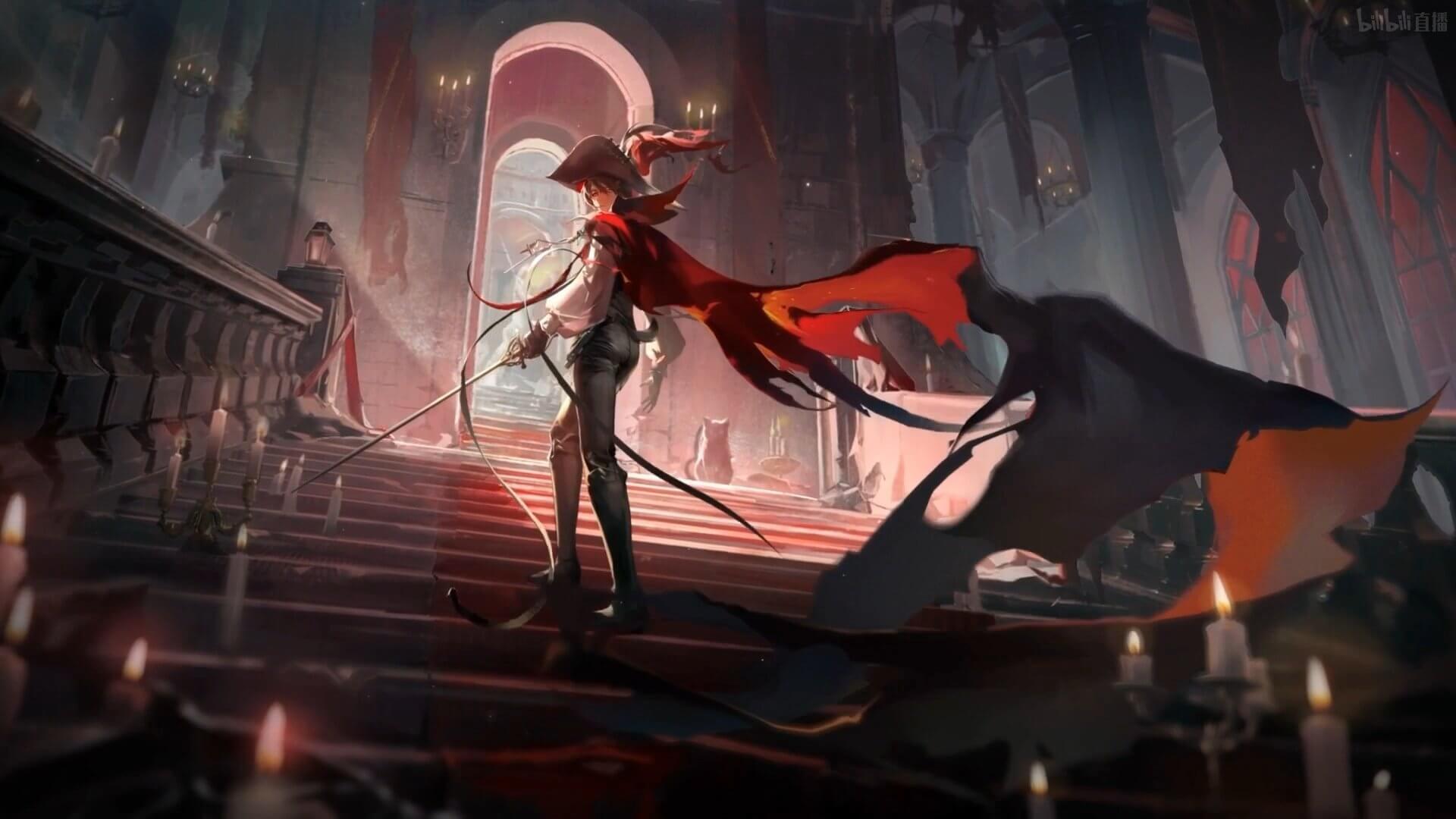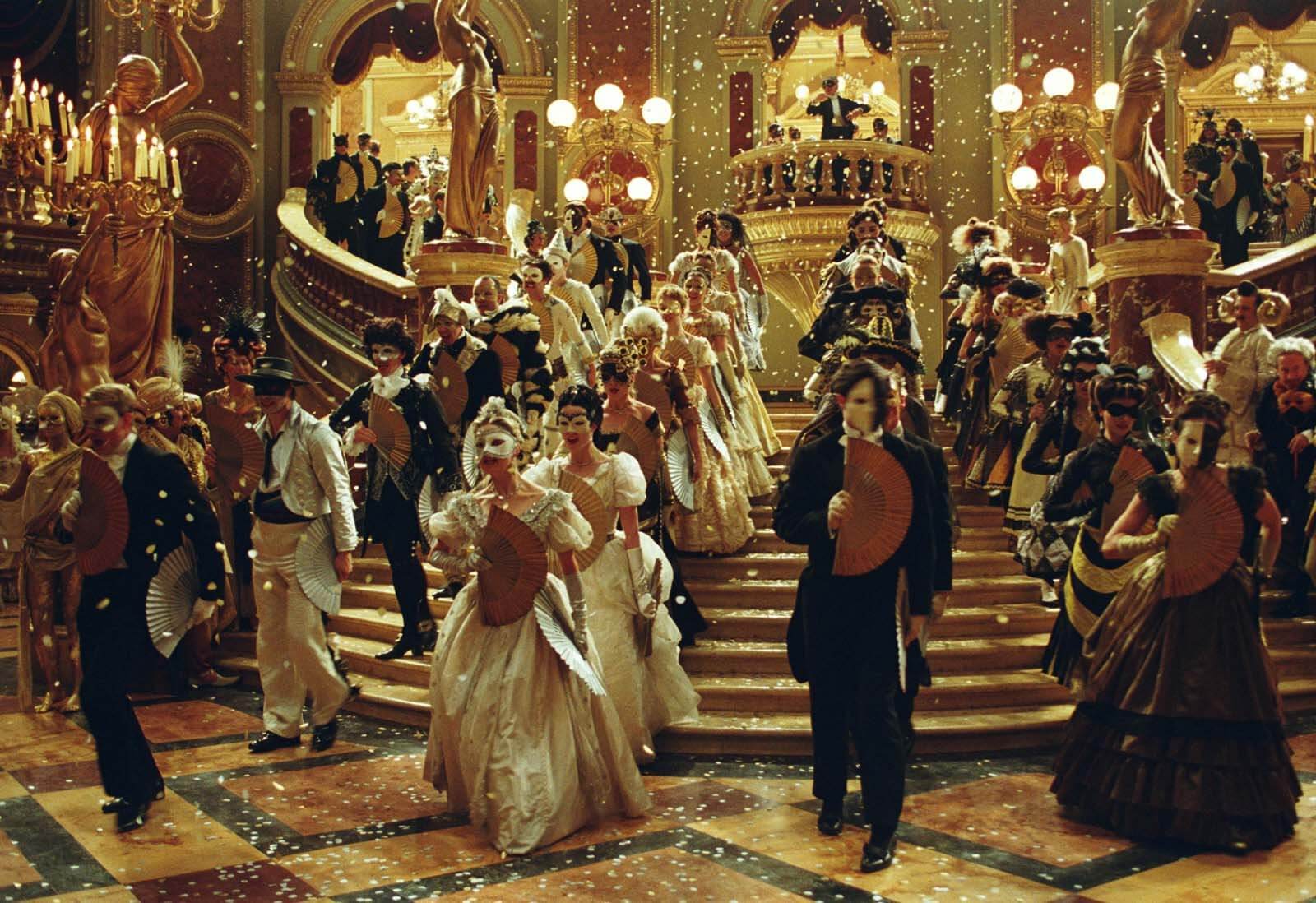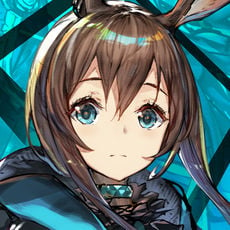Introduction: Ending stage names perhaps lost in translation and copyright
Previous lore articles:
https://gamepress.gg/arknights/lore/arknights-lore-phantom-skin-analysis
https://gamepress.gg/arknights/lore/arknights-lore-phantom-analysis
With Phantom and Crimson Solitaire, there is of course more lore tidbits to Phantom, who is both a Phantom of the Opera and Edgar Allan Poe reference.
EDIT: As of the 18/8/2022 update, Yostar has changed the boss stage names to the proper ones. Is it because I wrote this article? Either way I am glad that it was corrected.
As an avid Phantom of the Opera fan, I am saddened to say that EN had removed some strikingly obvious Phantom of the Opera references which were seen in the CN text. Maybe avoiding copyright from Andrew Lloyd Weber?
However, the CN stage names are exactly the same as some track names in Phantom of the Opera. This doesn't make it to EN, but I'll show it here.
EN ending stage names
Ending 1: Crying Over Spilt Milk
Ending 2: Need No More
Ending 3: Nothing Ends Well
CN ending stage names:
Ending 1: 覆水难收
Ending 2: 别无所求
Ending 3: 诸事不顺
Take a look at Baidu's list of Phantom of the Opera tracks in EN and CN
This means by right the track names should have made references to Phantom of the Opera. The links lead to the musical numbers on YouTube.
Ending names that should have been:
Ending 1: The Point of No Return
Past the point of no return
No backward glances
Our games of make-believe are at an end
Past all thought of if or when
No use resisting
Abandon thought and let the dream descend
What raging fire shall flood the soul?
What rich desire unlocks its door?
What sweet seduction lies before us
Ending 2: All I Ask of You
Let me be your shelter,
Let me be your light;
You're safe, no one will find you,
Your fears are far behind you.
Ending 3: Twisted Every Way
Ludicrous, have you seen the score?
Simply ludicrous
It's the final straw
This is lunacy, well, you know my views
Utter lunacy
But we daren't refuse
Not another chandelier
Look, my friend, what we have here
Masque of Red Death
Shoutout to a comment on the Phantom costume article that mentioned Poe's Masque of Red Death before this happened. Amazing. The hints were sort of there because plague doctor and Red Death, but this is even more obvious.


Phantom's costume here is likely a reference to The Red Death.
The Masque of Red Death is a short story by Edgar Allan Poe. Phantom shares the same birthday as Edgar Allan Poe of 19 January.
In The Phantom of the Opera novel, Erik dresses up as as the Red Death to the Masquerade.
A summary of The Masque of Red Death:
You can read the original text online too.
The story takes place at the castellated abbey of the "happy and dauntless and sagacious" Prince Prospero. Prospero and 1,000 other nobles have taken refuge in this walled abbey to escape the Red Death, a terrible plague with gruesome symptoms that has swept over the land. Victims are overcome by "sharp pains", "sudden dizziness", and "profuse bleeding at the pores", and die within half an hour. Prospero and his court are indifferent to the sufferings of the population at large; they intend to await the end of the plague in luxury and safety behind the walls of their secure refuge, having welded the doors shut.
Prospero holds a masquerade ball one night to entertain his guests in seven colored rooms of the abbey. Each of the first six rooms is decorated and illuminated in a specific color: blue, purple, green, orange, white, and violet. The last room is decorated in black and is illuminated by a scarlet light, "a deep blood color" cast from its stained glass windows. Because of this chilling pairing of colors, very few guests are brave enough to venture into the seventh room. A large ebony clock stands in this room and ominously chimes each hour, upon which everyone stops talking or dancing and the orchestra stops playing. Once the chiming stops, everyone immediately resumes the masquerade.
At the chiming of midnight, the revelers and Prospero notice a figure in a dark, blood-splattered robe resembling a funeral shroud. The figure's mask resembles the rigid face of a corpse and exhibits the traits of the Red Death. Gravely insulted, Prospero demands to know the identity of the mysterious guest so they can hang him. The guests, too afraid to approach the figure, instead let him pass through the six chambers. The Prince pursues him with a drawn dagger and corners the guest in the seventh room. When the figure turns to face him, the Prince lets out a sharp cry and falls dead. The enraged and terrified revelers surge into the black room and forcibly remove the mask and robe, only to find to their horror that there is nothing underneath. Only then do they realize the costume was empty and all of the guests contract and succumb to the disease. The final line of the story sums up, "And Darkness and Decay and the Red Death held illimitable dominion over all."
Masquerade and Mask


More masquerade scene parallels in the CS PV like the masquerade in Phantom of the Opera.
Here's the musical number:
Masquerade, paper faces on parade
Masquerade, hide your face so the world will never find you
Masquerade, every face a different shade
Masquerade, look around, there's another mask behind you

Mark of Tragodia [Tragodia meaning tragedy in Greek] (or literal TL from CN being Mark of Wine God) would then point to Greek tragedy. Though differently in EN and CN.
Wine God would be Dionysus, the god of the grape-harvest, winemaking, fertility, orchards and fruit, vegetation, insanity, ritual madness, religious ecstasy, festivity and theatre.
Greek theatre had its origins in religious ritual. After Panathinaia, the Dionysia was the second-most important and largest festival in ancient Athens. It was a festival in honor of Dionysus God, part of the Dionysian Mysteries: the central events of which were the theatrical performances of dramatic tragedies and comedies. It is believed that these parts of the festivals were the initial driving force behind the development of theatre.
In Greek plays, there were no actresses; all roles were played by men wearing masks made of wood or cork. These were carved and painted to depict exaggerated expressions of anger, fear, despair, etc. and were switched as the themes of the play required.

Ecstasy is the phenomena of feeling something so strong that you are outside yourself. Performance is very akin to this experience, because you must not be yourself in performance. In some ways the mask is the physical representation of this phenomenon.
Back to the 2 faces. It represents tragedy and comedy. The former was first due to people lamenting about life. The latter was from celebration.
Therefore, Crimson Troupe's prototype might be of Greek Dionysian rituals and theatre. This is the root of modern theatre.
Conclusion: Aesthetics
The aesthetics are very similar to that in Phantom's lair in Phantom of the Opera.
Hopefully you've enjoyed the lore once again! Next up will be Invitation to Wine related lore with Lee and Ling~














